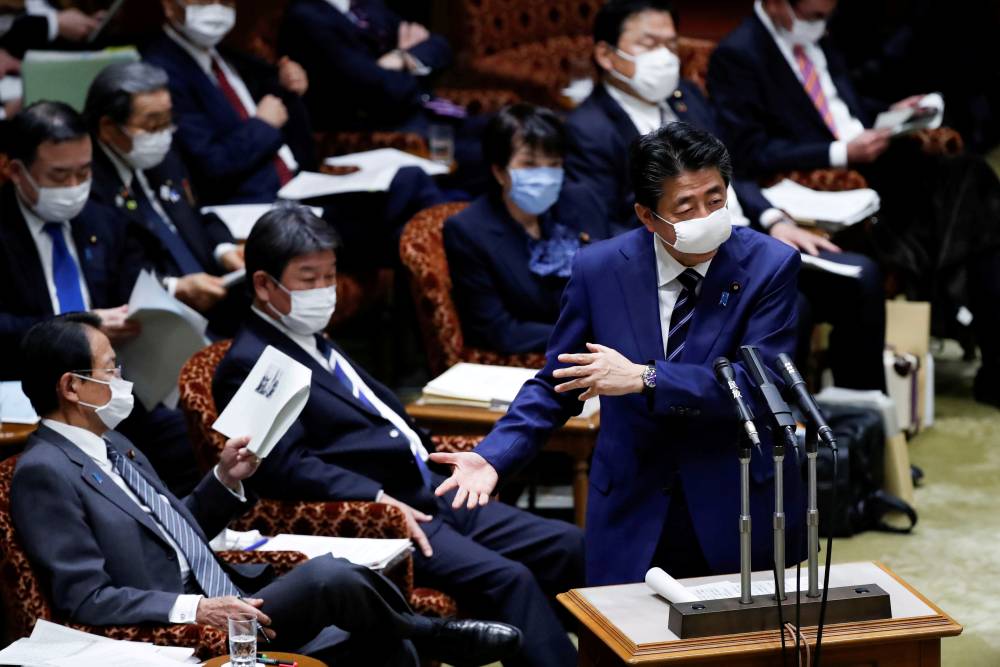During March, for the most part, it seems that Japan may have been successful in containing COVID-19 despite its leaders coming under heavy criticism for a couple of initial missteps in February during the first wave of the outbreak.
These missteps included the government’s decision to keep the passengers of the Diamond Princess cruise ship quarantined for 14 days before allowing them to disembark, and after that not carefully tracing their movements. Prime Minister Shinzo Abe was also criticized for his abrupt closure of all elementary and secondary schools for the month of March. His government has also continued to be criticized for not imposing a blanket travel ban on people coming from China and South Korea. But by late March, Japan had become an enigma as other countries struggled to contain the spread of the coronavirus with poor results.
Many speculated over why this new virus has not spread more quickly. In particular, many wondered why Japan has been able to contain the cases at a manageable level without imposing strict social distancing guidelines, or government orders to close nonessential businesses, or without the government declaring a state of emergency.



















With your current subscription plan you can comment on stories. However, before writing your first comment, please create a display name in the Profile section of your subscriber account page.